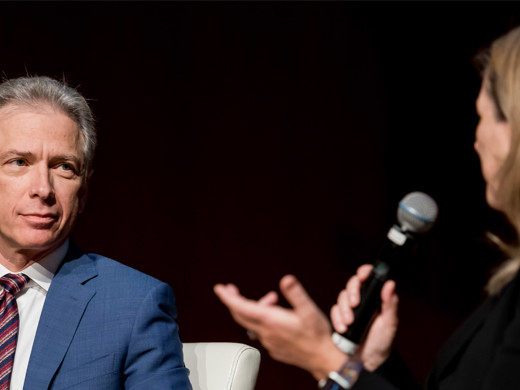A conversation with Andrei Iancu: IP protections are key to US innovation




Hon. Andrei Iancu, former Under Secretary of Commerce for Intellectual Property & Director of the US Patent and Trademark Office, and current Partner at Irell & Manella LLP, spoke with Burford Managing Director Katharine Wolanyk about the intellectual property laws and US global competitiveness at the 2022 Annual ILFA Conference in New York.
An edited transcript of their conversation appears below.
Katharine Wolanyk: Andrei, you were part of a group, along with David Kappos, also a former US Patent and Trade Office Director, and former judges Paul Michel and Kathleen O'Malley of the Court of Appeal…